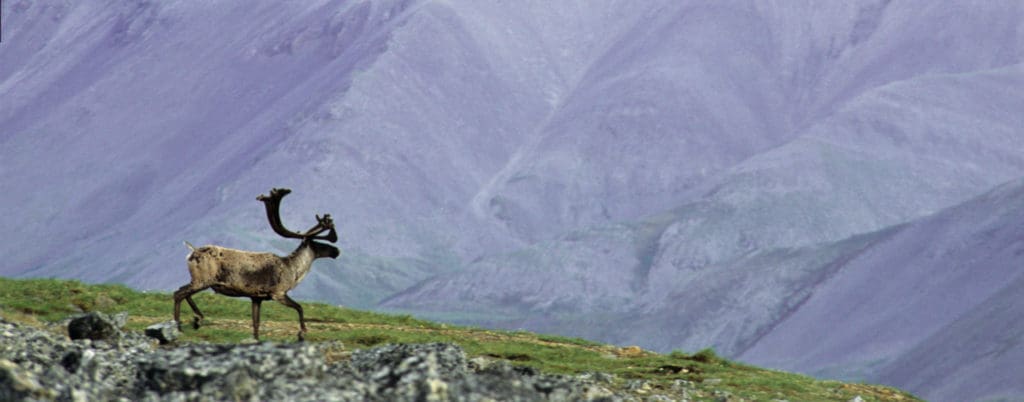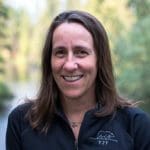
As the chief scientist and president of Y2Y, I believe that science matters.
Scientific discoveries and advances are most often the reason for societal shifts. Science over the last decades unequivocally demonstrates that to effectively conserve biodiversity, especially during this time of climate change and increasing human impacts, we must move from protected area conservation to large land and seascape conservation.
One of the reasons that I chose to work at Y2Y is that it advances on-the-ground conservation in a landscape that I most cherish. But also I appreciate our work to shift the conservation model from solely an individual protected area approach to protected areas embedded in a large conservation landscape as science says is necessary.
We’re committed to solid science and evidence being part of our work. As part of this commitment, we regularly participate in scientific research, lead the International Union for Conservation of Nature (IUCN) guidelines for conserving ecological corridors, attend conferences, and support locally-led research. As a result, we have become a global model for large landscape conservation.
Given the importance of science changing societal norms, I want to share a bit more about the prominence of Y2Y in science over the years including recently.
Scientific research supporting large landscape conservation
Since the inception of the vision, more than 314 science papers, reports, or books have been written solely about or referencing Y2Y. This in addition to the many reports and science papers that the organization has supported or staff have co-authored.
While this research is important in developing knowledge to inform our work, it is the papers not supported by or written by staff that reference Y2Y as a global model supporting a fundamental change in conservation from protected area conservation to large landscape conservation.
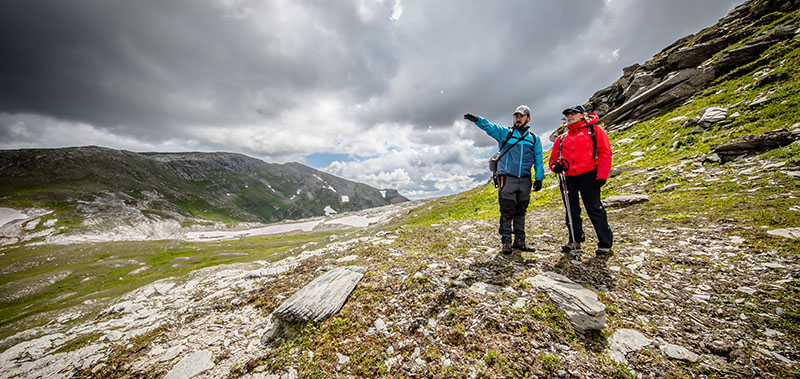
Large landscape conservation includes protected areas as critical tools for conservation but focuses on the scale nature needs, which is often well beyond most park boundaries. For Y2Y this means working across many protected areas that need to be connected such as through corridors to maintain the region’s biodiversity in the long term (sometimes also referred to as ecological networks).
Since April 2019, Y2Y was referenced in at least 37 times in peer-reviewed science journals. In these science papers, the Yellowstone to Yukon region is referred to as, “…some of the world’s most iconic landscapes,” or an example of “such networks stretching across national borders include the Yellowstone to Yukon Conservation Initiative.”
The organization and its work is positioned as a “…model of diverse habitats and protected areas to bolster connectivity across thousands of kilometres…” (Berger 2019, Stewart et al. 2019 and Grzybowski et al. 2019).
Turning science into policy
Beyond being an example, Y2Y is working to shift the paradigm, bringing science into the policy arena.
Y2Y raised the resources to support the IUCN Beyond Aichi Committee. This global committee seeks to compile and produce the best available science to build a case for the 2030 United Nations Convention for Biological Diversity Targets to reflect what nature needs and supporting countries to achieve these targets.
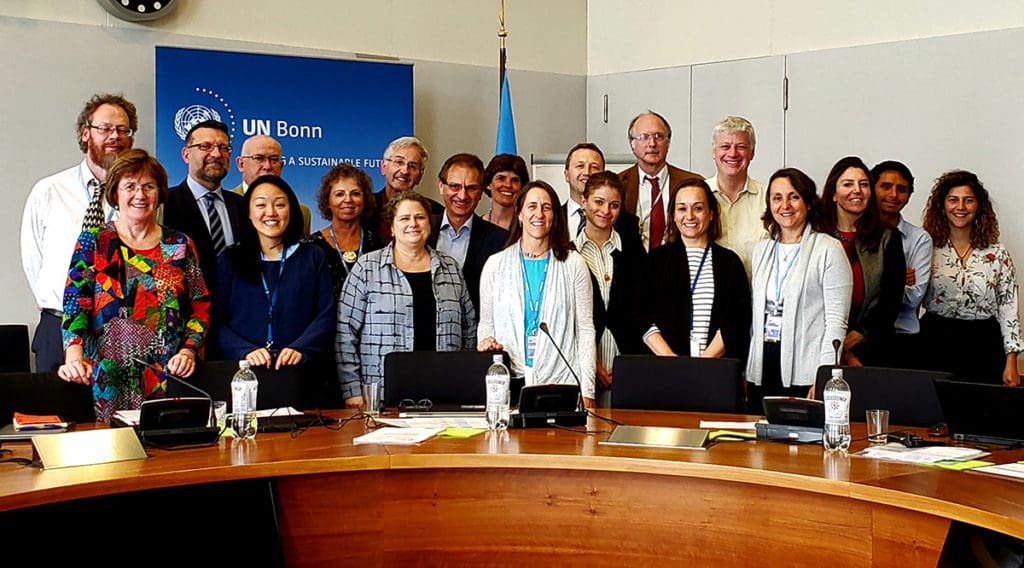
Not only has the committee met with science and policy experts on every continent, but it has supported the publishing of at least five science manuscripts on the subject of what nature needs. Why science manuscripts? Because science matters as the committee works to translate data into policy ultimately set by the Convention parties.
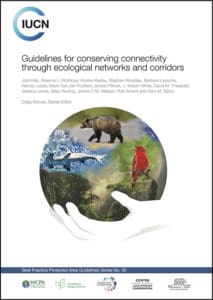
Y2Y staff also has led the writing of the IUCN Guidelines for conserving ecological corridors, published in July 2020. These are important because unlike protected areas, the definition of ecological corridors is not yet globally agreed upon. Yet countries such as Tanzania, Romania, Bhutan, and Costa Rica have already developed corridor legislation and states, including California and New Mexico, have developed legislation.
But this collection of legislation is highly variable in content and not necessarily incorporating the best available science. To ensure that the best policies and management advance, we need to agree upon what ecological corridors are and develop a means to measure and monitor their effectiveness locally to globally.
Likewise, as the Convention for Biological Diversity meets in the next year to decide biodiversity targets for 2030, landscape and seascape connectivity achieved through corridors needs to be included in the targets in a clear, effective, and measurable way.
Becoming a global model for large landscape conservation
As the science has advanced including repeatedly pointing to the Y2Y vision as a strong example, the paradigm is shifting in exciting and inspiring ways. A few years ago, I sat on a shuttle on my way to a global conservation meeting. Seeing my nametag, a woman next to me exclaimed, “You are from Y2Y? I am from B2B (Baja to Bering), and we aspire to be the marine equivalent of Y2Y.”
Today there are hundreds of examples around the world that identify as large landscape or seascape efforts. Examples of other large landscape initiative at least in part inspired by Y2Y include Two Countries One Forest (also now a linked initiative called Staying Connected) in the Northern transboundary Appalachian Region of North America and the Great Eastern Ranges Corridor in Eastern Australia. Is the paradigm shift complete? No, but we are on our way.
One key is for Y2Y and other groups to continue to support the advancement of science that is the foundation for strong global policies that translate to national and subnational policies and action, ultimately supporting Y2Y and other similar work on the ground. As a mature initiative, Y2Y also has a responsibility to continue to share lessons learned and model advances from science to policy and implementation.
As a scientist and a conservation practitioner, I know that science alone is inadequate, just as advocacy is insufficient the absence of good science and knowledge.
What I appreciate about Y2Y is our work to advance key science and knowledge and that we aim to ensure that the science supports strong policy and management locally, regionally, nationally, and globally.
Our work at Y2Y is being referenced by scientists outside the organization as what needs to be done to conserve biodiversity. Even with all that, we at Y2Y must not rest but push forward assertively as we still have much to learn from science and to do on-the-ground advancing conservation.
1 Hilty, J.*, Worboys, G., Keeley, A.*, Woodley, S.*, Lausche, B., Locke, H., Carr, M., Pulsford I., Pittock, J., White, W., Theobald, D., Levine, J., Reuling, M., Watson, J.E.M., Ament, R., and Tabor, G*. (2020). Guidelines for Conserving Connectivity through Ecological Networks and Corridors. Gland, Switzerland: IUCN.
